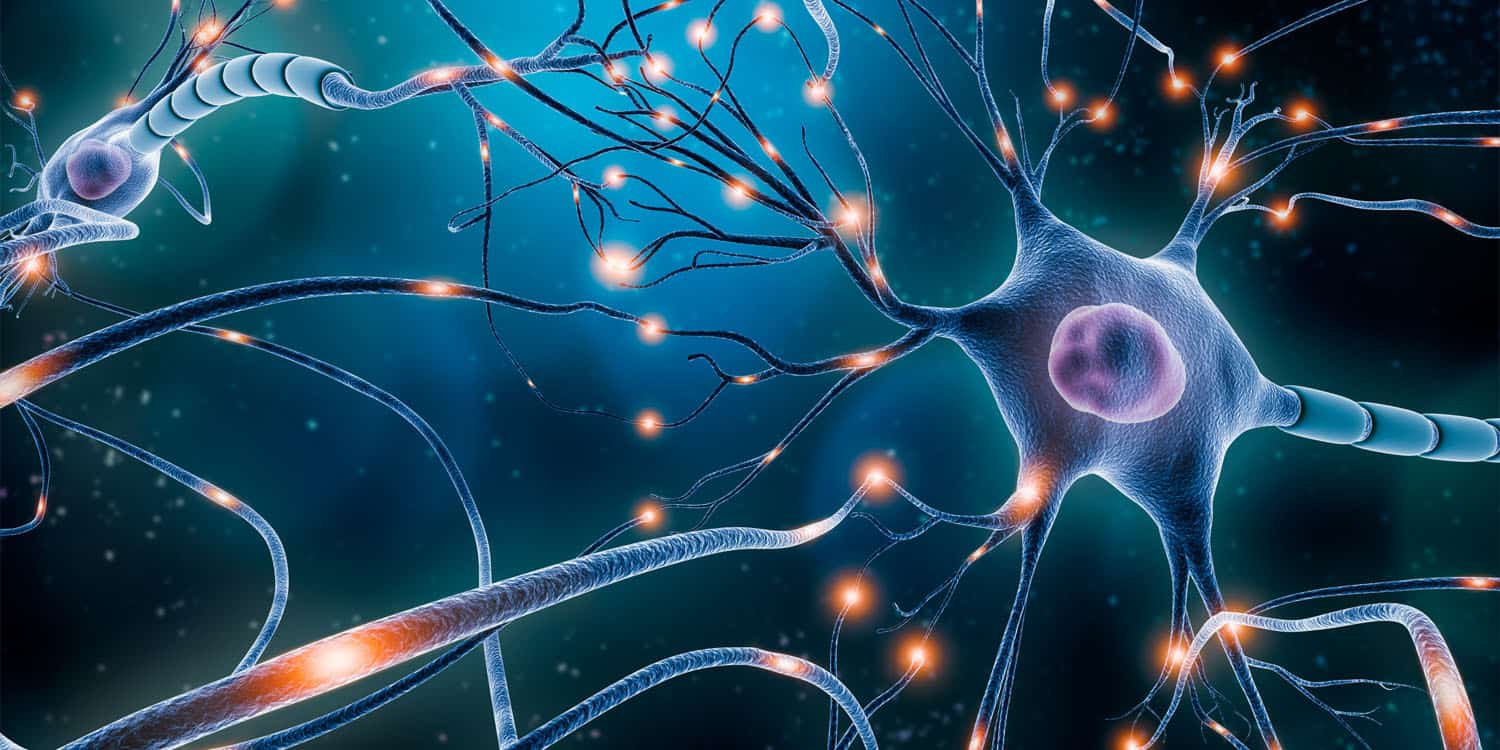A study on rats raised on a high-fat diet found that these rats gained weight, experienced metabolic changes, and developed reduced insulin sensitivity and glucose tolerance. They also exhibited enhanced odor-aversion memory, which corresponded to increased neurotransmission in specific areas of the amygdala and hippocampus. The findings were published in the Journal of Neuroscience Research.
Since the second half of the 20th century, the world has been facing an obesity pandemic. This increase in obesity is linked to a heightened risk of various health conditions, including metabolic and cardiac diseases, cancer, and mental disorders.
Scientists have identified many factors that contribute to the risk of developing obesity. However, dietary changes, such as the widespread use of industrially processed foods rich in fats and easily digestible carbohydrates (a combination that is rare in nature), and lifestyle changes, such as increased time spent indoors and a more sedentary way of life, are likely the main contributors.
In rodent experiments, researchers have similarly identified a dietary pattern that consistently leads to obesity: a high-fat diet. While a normal rodent diet is rich in carbohydrates, adding large amounts of fat to this diet has long been used to induce obesity in rodents for research purposes. Studies have shown that this high-fat diet disrupts the brain’s food intake control mechanisms, making rodents prone to overeating, which gradually leads to obesity. However, the effects of this diet extend beyond the regulation of food intake.
Study author Daniel Osorio-Gómez and his colleagues sought to explore how raising rats on a high-fat diet from weaning to adulthood would affect their metabolism, emotional memory, and neurotransmission within the hippocampus and amygdala—two key regions of the brain.
The hippocampus is involved in forming, organizing, and storing memories, especially in converting short-term memories into long-term ones. The amygdala, located near the hippocampus, plays a crucial role in processing emotions, particularly fear and pleasure, and is essential for emotional memory and responses.
The study involved 66 male Wistar rats, 21 days old at the start of the research. Wistar rats, a strain of laboratory albino rats known for their calm temperament, are widely used in research due to their well-documented genetic and physiological traits. The rats were housed in groups of 3–4 per cage with free access to food and water.
The researchers divided the rats into two groups. One group of 33 rats was fed a normal diet consisting of 73% carbohydrates, 8% fat, and 19% protein. The other group had large amounts of fat added to their diet, resulting in a composition of 45% fat, 20% protein, and 35% carbohydrates. The diets were introduced at weaning (when the rats were 21 days old) and continued for 12 weeks, until the rats reached adulthood.
After 10 weeks, the researchers surgically implanted microdialysis cannulas (thin, hollow tubes) into the ventral hippocampus and basolateral amygdala regions of the rats’ brains to collect samples of neurochemical substances from these areas.
The researchers also induced a conditioned aversion to the scent of bananas in some rats by giving them banana-scented water followed by a lithium chloride injection. This injection induces nausea and mild intestinal discomfort, which rats seek to avoid. The banana-scented water and the discomfort were paired to create an association in the rats’ minds. The control group received only a neutral saline injection. The experiment allowed the researchers to compare the emotional responses to the banana scent between rats raised on a normal diet and those on a high-fat diet. Several other analyses were conducted as well.
The results showed that rats raised on the high-fat diet became overweight and exhibited multiple metabolic changes. Their fasting blood glucose levels were higher than those in the other group, and their sensitivity to insulin decreased—similar to what occurs in humans developing type 2 diabetes.
In the banana-scented water experiment, rats on the high-fat diet showed a stronger negative response to the banana scent after associating it with the aversive injection. This finding led the researchers to conclude that emotion-related memories were enhanced in the rats raised on a high-fat diet. Both groups of rats reduced their consumption of the banana-scented water after learning to associate it with the aversive injection, even when they were thirsty.
Finally, an analysis of neurochemicals in the brain regions studied revealed that the concentrations of neurotransmitters—glutamate, norepinephrine (noradrenaline), and dopamine—increased in rats on the high-fat diet during the period when they were learning to associate the aversive injection with the banana scent. Given that overall neurotransmitter levels did not differ between the two groups, this suggested that neuronal activity was heightened in the high-fat diet rats specifically during the aversion learning process.
“In this study, we report elevated noradrenergic and glutamatergic neurotransmission [neurotransmission using neurotransmitters noradrenaline and glutamate] linked to the enhancement of an aversion memory, highlighting intricate connections between obesogenic diets, neurochemistry, and cognition, implying that metabolic dysfunctions due to consumption of hypercaloric diets can induce both detrimental and enhanced plasticity effects which may impact the overall brain health of individuals,” the study authors concluded.
This research adds to the growing body of knowledge about the effects of obesity on cognition. However, it is important to note that the study was conducted on rats, not humans. Although rats and humans share many physiological similarities, they are distinct species, and the effects observed in rats may not directly apply to humans.
The paper, “Early-life and chronic exposure to high-fat diet alters noradrenergic and glutamatergic neurotransmission in the male rat amygdala and hippocampus under cognitive challenges,” was authored by Daniel Osorio-Gómez, Claudia I. Perez, Pamela Salcedo-Tello, Arturo Hernández-Matias, Susana Hernández-Ramírez, Benjamin Arroyo, Gustavo Pacheco-López, Ranier Gutierrez, Federico Bermúdez-Rattoni, Kioko Guzmán-Ramos, and OBETEEN Consortium.




